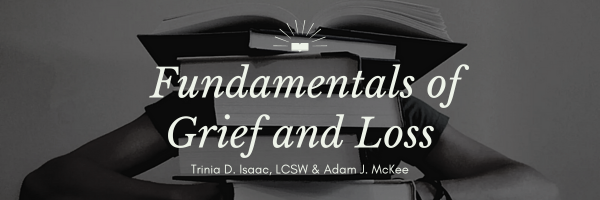This section delves into the intricate dynamics that influence grief, exploring how culture, age, and personality each play a pivotal role in shaping the individual experience of loss. It unveils the complexities of grief, underscoring the importance of acknowledging and understanding the vast array of factors that affect how one grieves. By examining cultural practices and beliefs, the developmental stage and cognitive understanding of loss across different ages, and the profound impact of personality traits and coping mechanisms, this section offers a comprehensive overview of the multifaceted nature of grief. It emphasizes the necessity for a tailored approach in providing support, highlighting the need for sensitivity, awareness, and adaptability in addressing the unique grief experiences of individuals.
Reading Assignment for Section 1.4
Read the following subsection from our online textbook: Section 1.4: Factors Influencing Grief.
What You Will Learn
In this section, you’ll explore the intricate dynamics that influence how people experience grief. You’ll learn about the significant roles that culture, age, and personality play in shaping individual experiences of loss. Additionally, you’ll understand the importance of a tailored approach in providing support, recognizing the need for sensitivity, awareness, and adaptability in addressing unique grief experiences.
Student Learning Outcomes for Section 1.4
- SLO 1: Understand how cultural contexts influence individual expressions of grief and mourning practices.
- SLO 2: Recognize the developmental impacts of age on grief reactions and coping strategies.
- SLO 3: Identify personality traits that affect grieving processes and support needs.
- SLO 4: Assess the interplay between culture, age, and personality in shaping grief experiences.
- SLO 5: Develop tailored support strategies that respect individual grief responses and preferences.
Modification History File Created: 06/24/2024 Last Modified: 06/24/2024
You are welcome to print a copy of pages from this Open Educational Resource (OER) book for your personal use. Please note that mass distribution, commercial use, or the creation of altered versions of the content for distribution are strictly prohibited. This permission is intended to support your individual learning needs while maintaining the integrity of the material.
This work is licensed under an Open Educational Resource-Quality Master Source (OER-QMS) License.
